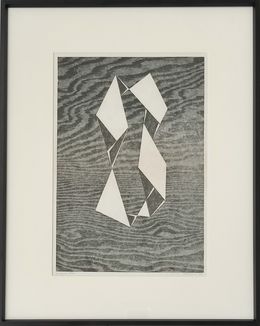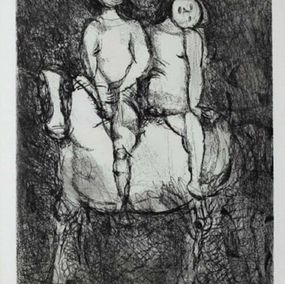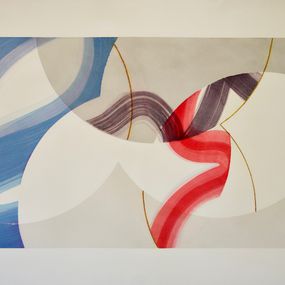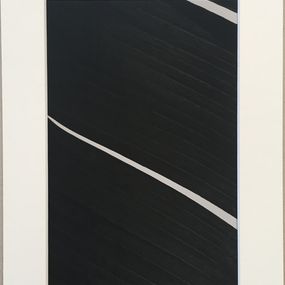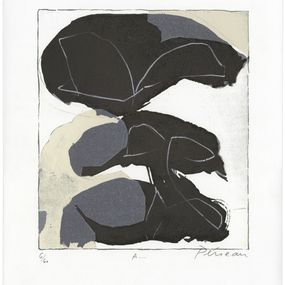

Learning is not a process of adding to our knowledge but is rather a process of developing faculties of discernment.
Biography
Josef Albers is a German artist of the Bauhaus School born in 1999 and died in 197 in New Haven . He is considered one of the precursors of optical art or Op Art .
Initiated by his father, a building painter who sometimes created theater sets, Josef Albers developed his taste for art at a very young age. He became a teacher in 1913, but developed his interest in painting at the same time and then decided to begin studying art at the Royal Academy of Fine Arts in Berlin.
In 1920 the aspiring artist joined the Bauhaus school. He quickly gained attention and was appointed Master at the Bauhaus in 1923. Back as a teacher, he teaches figurative drawing .
He tried different mediums and developed a particular interest in color. He creates many abstract paintings focusing on colors. The “Homage to the Square" series makes it even more famous. His theory of color was taken up and the Op art movement was built little by little.
With the rise of the Nazis, the Bauhaus School was closed in 1933. Josef Albers and his wife moved to the United States. There he developed his theory of color and gradually became interested in optical effects . In 1950, he joined Yale where he headed the design department.





